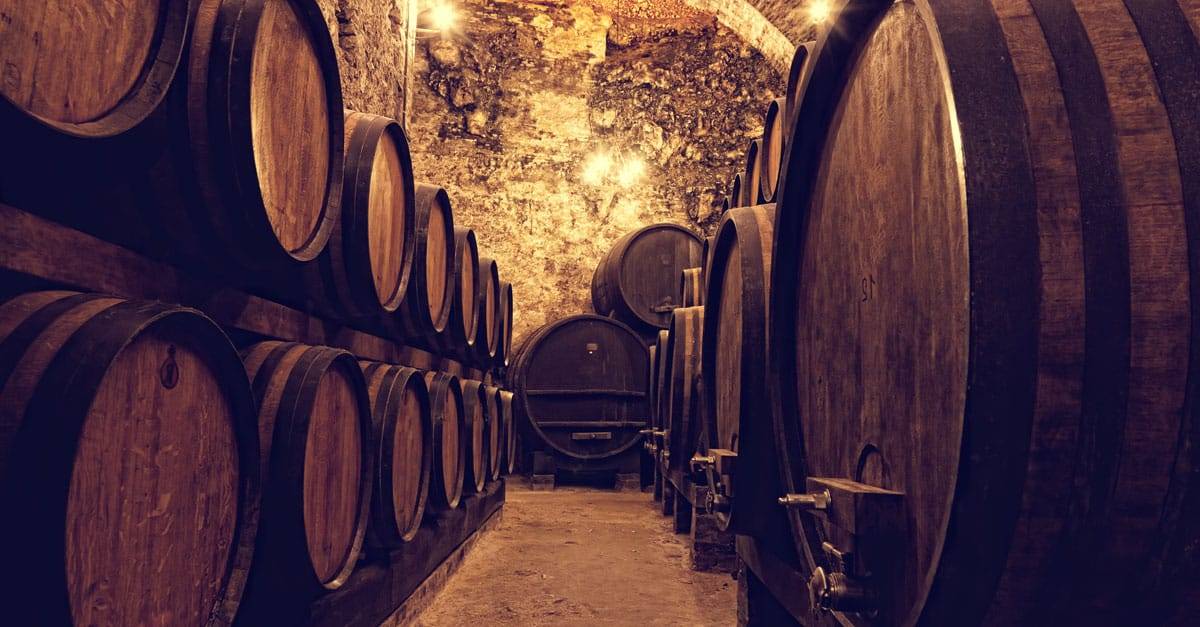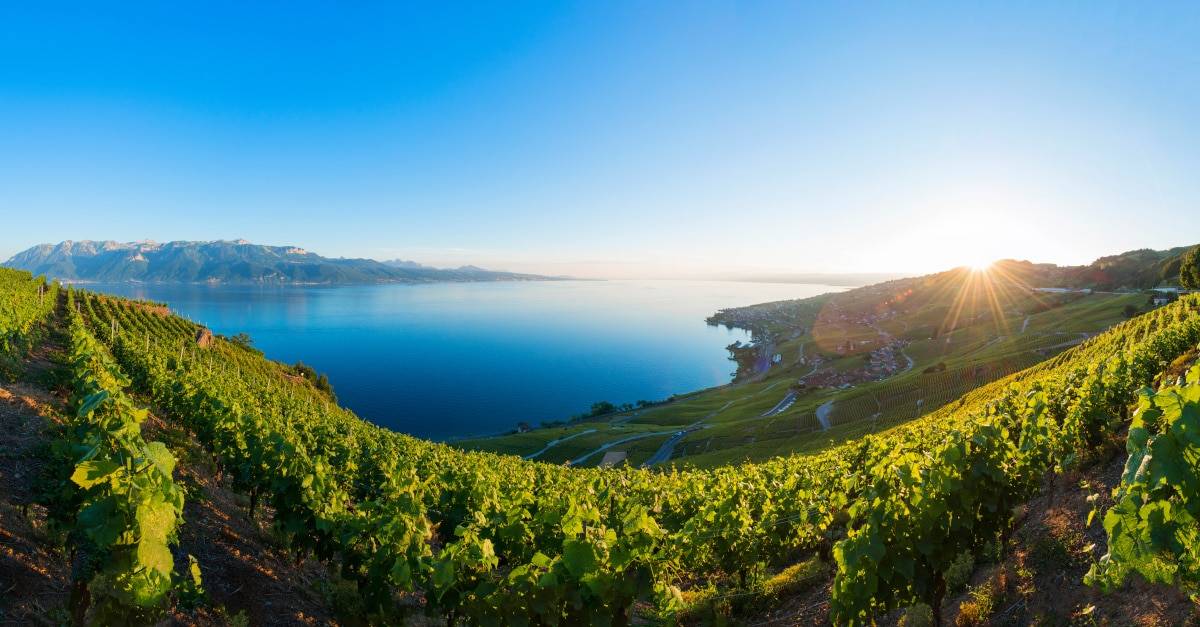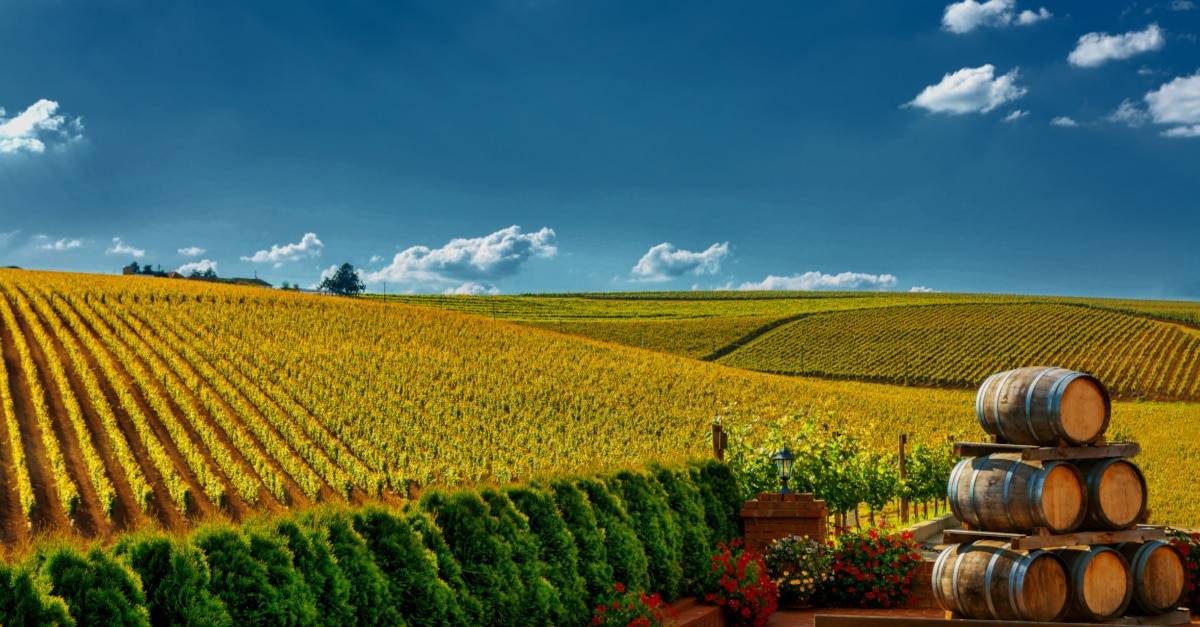What is Port Wine?
Port wine, a fortified wine that comes from the stunning landscapes of northern Portugal, boasts a heritage that dates back centuries. Enriched with the spirit of tradition, this wine is often associated with sophistication and a sense of timeless elegance. It is made by adding a neutral grape spirit, typically brandy, to stop fermentation, leaving residual sugars and increasing the alcohol content. This fortification process gives Port its distinctive sweetness and higher alcohol content than regular table wines. Port wine is produced exclusively in Portugal’s Douro Valley, which is divided into three zones: Baixo Corgo (producing traditional, approachable varieties), Cima Corgo (producing prestigious, complex varieties) and Douro Superior (producing concentrated, powerful varieties). Only Portuguese wine can be labelled “Port” or “Porto” under EU trade laws.
The Art of Making Port Wine
Port wine is made from a variety of grape types, each contributing to the unique flavours and characteristics of the final product. Some of the most prominent red grape varieties used in Port production are Touriga Franca, Touriga Nacional, Tinta Roriz (also known as Tempranillo), Tinta Barroca and Tinta Cão. These grapes offer a range of flavours, from dark fruit to spice. White Port, on the other hand, is made from white grape varieties such as Donzelinho Branco, Esgana-Cão and Rabigato, which provide high acidity and citrus aromas.
The production of Port wine involves several crucial steps that contribute to its unique character. The grapes are harvested and pressed, and the resulting juice is fermented until it reaches about 7% alcohol. This is followed by the fortification process, in which a neutral grape spirit is added to stop fermentation and increase the alcohol content. The fortified wine is then aged in oak barrels or casks for a period of time, allowing it to develop complex flavours and aromas. Blending is often done to achieve the desired flavour profile before bottling.
Exploring the Different Styles of Port Wine
Port wine comes in a variety of styles, each offering a different taste experience. The main styles of Port include Ruby Port, Tawny Port, White Port, Rose Port, Vintage Port, Late Bottled Vintage Port (LBV Port), Crusted Port, and Garrafeira. Ruby Port is the most widely produced style, known for its fruity and vibrant character, while Tawny Port offers a nutty flavour profile due to extended ageing in oak barrels. White Port is a versatile style that ranges from dry to sweet, and Rose Port offers a lighter and refreshing alternative. Vintage Port represents the pinnacle of the appellation, showcasing exceptional quality and ageing potential, while LBV Port is a more accessible option. Crusted Port is a style that requires bottle ageing to reach its full potential, and Garrafeira is a rare and limited production Port aged in glass demijohns.
Elevate Your Wealth Game: Empowering UHNWIs for Simplified Asset Management. Altoo Platform Preview
Vintage Port is the epitome of quality and age-worthiness in the world of Port wine. Made from grapes harvested in a single exceptional vintage year, it is the best expression of terroir and winemaking expertise. Vintage Port is aged in oak barrels for a relatively short period of time before being bottled, allowing it to continue to mature in the bottle for decades. These wines are known for their intense flavours, robust tannins and potential for long-term cellaring.
A Symphony of Tastes
Port wine offers a diverse range of flavours and aromas, shaped by its style and ageing. Ruby Port has bold notes of raspberry, blackberry and sweet spice. Tawny Port, aged in oak casks, develops nutty tones, hints of caramel and dried fruit. White Port highlights citrus aromas, high acidity and herbal notes. Rose Port offers a refreshing, fruity profile, while Vintage Port boasts intense dark fruit flavours and robust tannins. Each style offers a distinct sensory experience, making Port a versatile choice for a variety of occasions and tastes.
Serving Port wine at specific temperatures enhances its flavours. Ruby and Vintage Ports are best served at 16-18°C (61-64°F), while Tawny and White Ports are best served slightly chilled at 12-14°C (54-57°F). Decant Vintage Ports for better aeration and sediment removal. Port complements a wide range of foods, from cheeses and chocolate desserts to roasted nuts and savoury dishes such as game. Its versatility makes it a delightful companion throughout the meal.
Port Wine as an Investment
In recent years, Port wine has gained traction as an investment opPortunity. The limited production and ageing potential of certain Port wines contribute to their appreciation over time. Vintage Ports in particular have shown significant returns for investors with the patience and foresight to hold these bottles for several years. However, investing in Port wine requires careful research, an understanding of the market, and expert guidance.
There are exceptional bottles that command high prices on the market. These premium Ports offer exceptional quality, rarity and prestige. Among the most expensive Ports in the world is W & J Graham’s Ne Oublie Tawny, with a perfect score of 100 and an average price of US $7,652. Other notable contenders include Ramos Pinto Vinces Very Old Tawny, Taylor Fladgate Limited Editions 1896 Single Harvest, and Taylor Fladgate Kingsman Edition Very Old Tawny. These wines represent the finest craftsmanship and offer a glimpse into the world of luxury Port.
We think you might like
When you think of wine countries, you don’t immediately think of Romania, but with 190,000 hectares of vineyards, it is one of the top 10 wine producing countries in Europe and the world. Anyone who has travelled to this beautiful and diverse country will be amazed by its wild and unspoilt side. Wine is such […]













